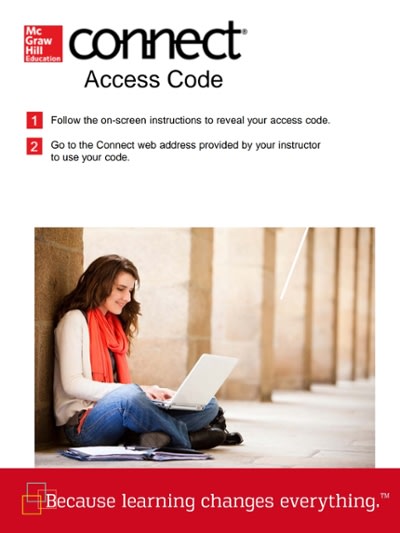Question
Question 17 Of the three scenarios described below, if each condition in all three scenarios has 20 participants, which scenario requires the least participants? All
Question 17
Of the three scenarios described below, if each condition in all three scenarios has 20 participants, which scenario requires the least participants?
- All three scenarios require the same number of participants
- Scenario 1 requires the least participants
- Scenario 2 requires the least participants
- Scenario 3 requires the least participants
What type of hypothesis test should be used for each scenario?
a. One-way independent-measures ANOVA
b. One-way repeated-measures ANOVA
c. Factorial ANOVA
Scenario 1
Solving mathematics word problems can be particularly difficult, especially for elementary school children. Educational researchers wanted to investigate a combination of techniques for helping student to master these problems. The researchers wanted to investigate the effectiveness of small-group tutoring. But they also wanted to examine the effectiveness of a classroom instruction technique known as "hot math." The hot-math program teaches students to recognize types or categories of problems so that they can generalize skills from one problem to another.So, in addition to testing the effectiveness of tutoring versus no tutoring, they wanted to examine whether using traditional instruction or hot-math instruction was more effective.
Scenario 2
The endorphins released by the brain act as natural painkillers. Some researchers wanted to monitor pain thresholds in pregnant rats the days before they gave birth to see if there was a change in pain threshold leading up to giving birth. They measured this pain threshold at 7, 5, 3 and 1 days prior to giving birth.
Scenario 3
Research suggests that watching shows, especially medical shows such as Grey's Anatomy and Chicago Med, can result in more concern about personal health. A health psychologist is interested in seeing if this holds true on a college campus. She administers surveys to college students to measure television viewing habits and health concerns such as fear of developing diseases and disorders seen on these shows. Survey respondents are grouped into three groups; little or no television watching, moderate television watching, and substantial television watching. Their concern over their health is then examined.
Step by Step Solution
There are 3 Steps involved in it
Step: 1

Get Instant Access to Expert-Tailored Solutions
See step-by-step solutions with expert insights and AI powered tools for academic success
Step: 2

Step: 3

Ace Your Homework with AI
Get the answers you need in no time with our AI-driven, step-by-step assistance
Get Started


